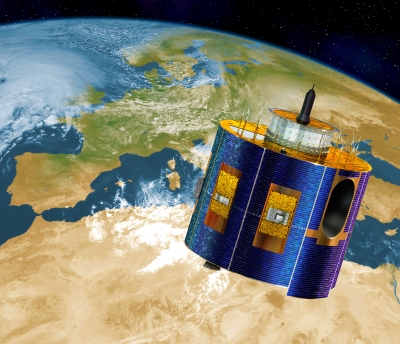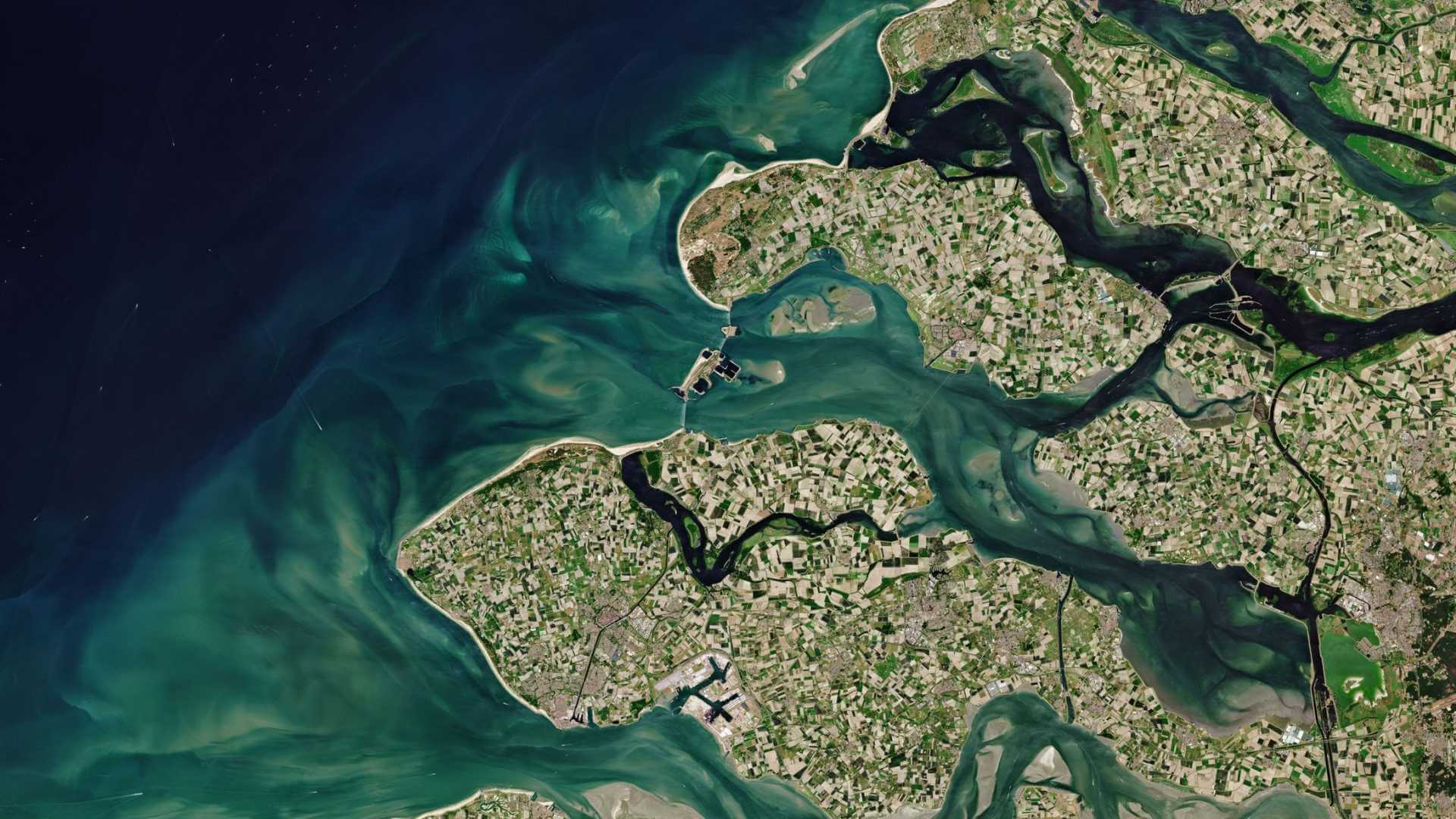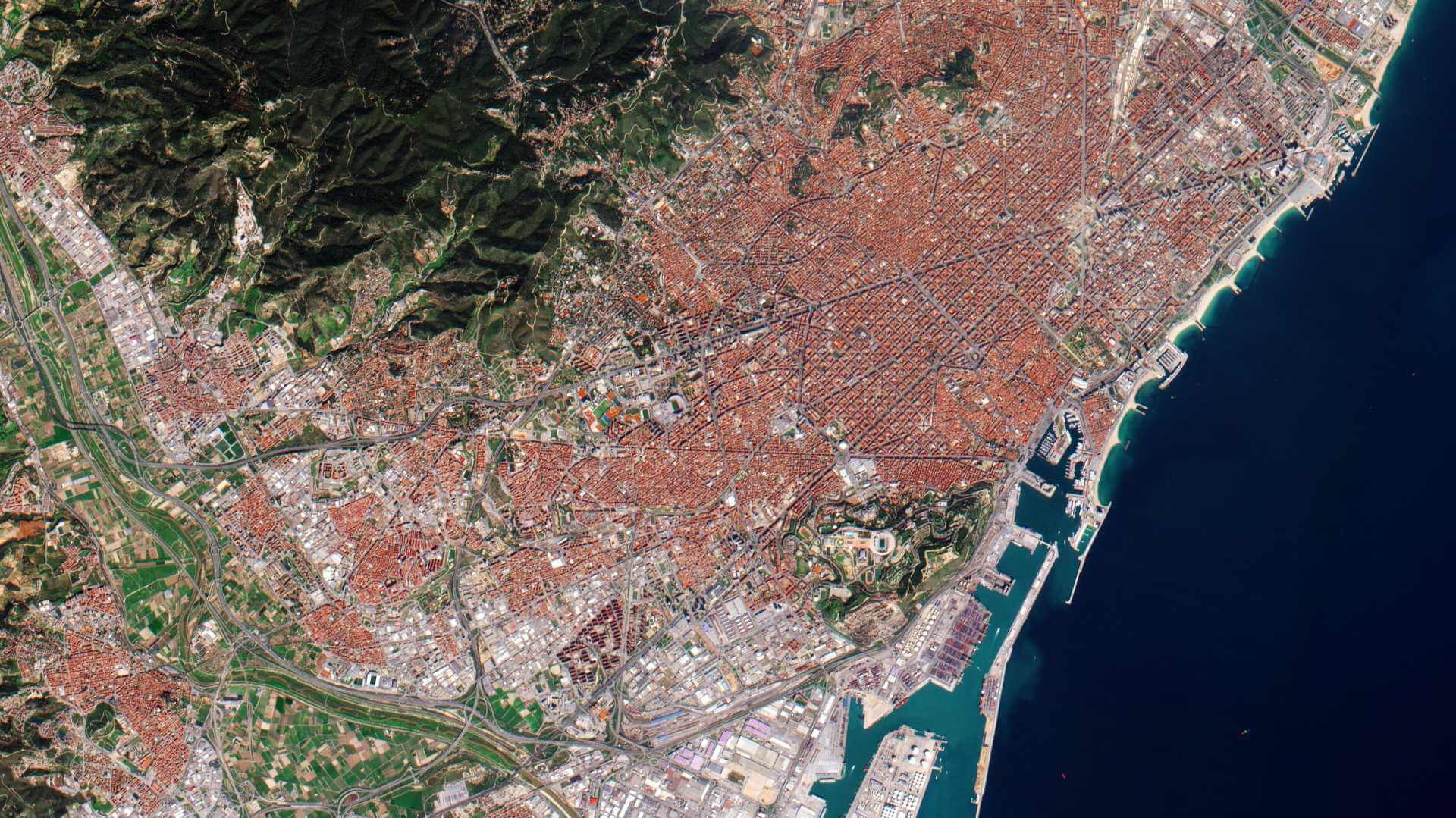About Meteosat Second Generation

After the successful experience of developing the first European meteorological satellite - Meteosat in the 1970's, ESA initiated studies to improve related space technology in order to satisfy more demanding requirements for meteorologists.
The ESA Meteosat Second Generation (MSG) programme, which started in 1994, is composed of four satellites and funded by 13 ESA Member States: Austria, Belgium, Denmark, Finland, France, Germany, Italy, the Netherlands, Norway, Spain, Sweden, Switzerland and the United Kingdom.
The four Meteosat satellites were launched between August 2002 and July 2015.
Meteosat Second Generation Objectives
The objective of the Meteosat Second Generation is to improve the image quality from those obtained by the Meteosat First Generation and sequences of cloud development are smoother and more realistic. The improved images allow meteorologists to provide more accurate medium and short-term weather forecasts.
Meteosat Second Generation Instruments
- Spinning Enhanced Visible and Infra-red Imager (SEVIRI)
- Geostationary Earth Radiation Budget (GERB)
- Transponder or Search and Rescue signal repeater (SARR)
- Mission Communication Payload (MCP)
- Telemetry Tracking and Command (TT&C)


